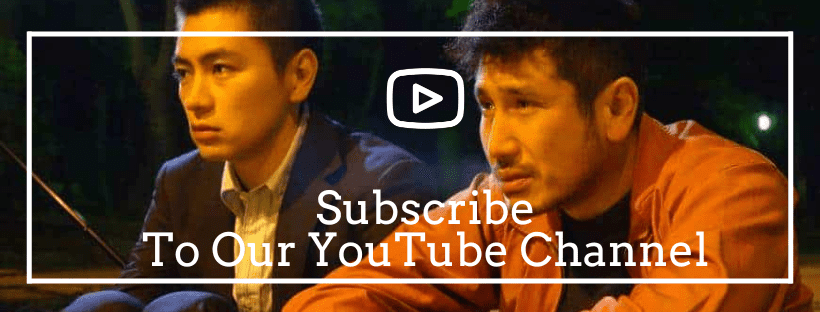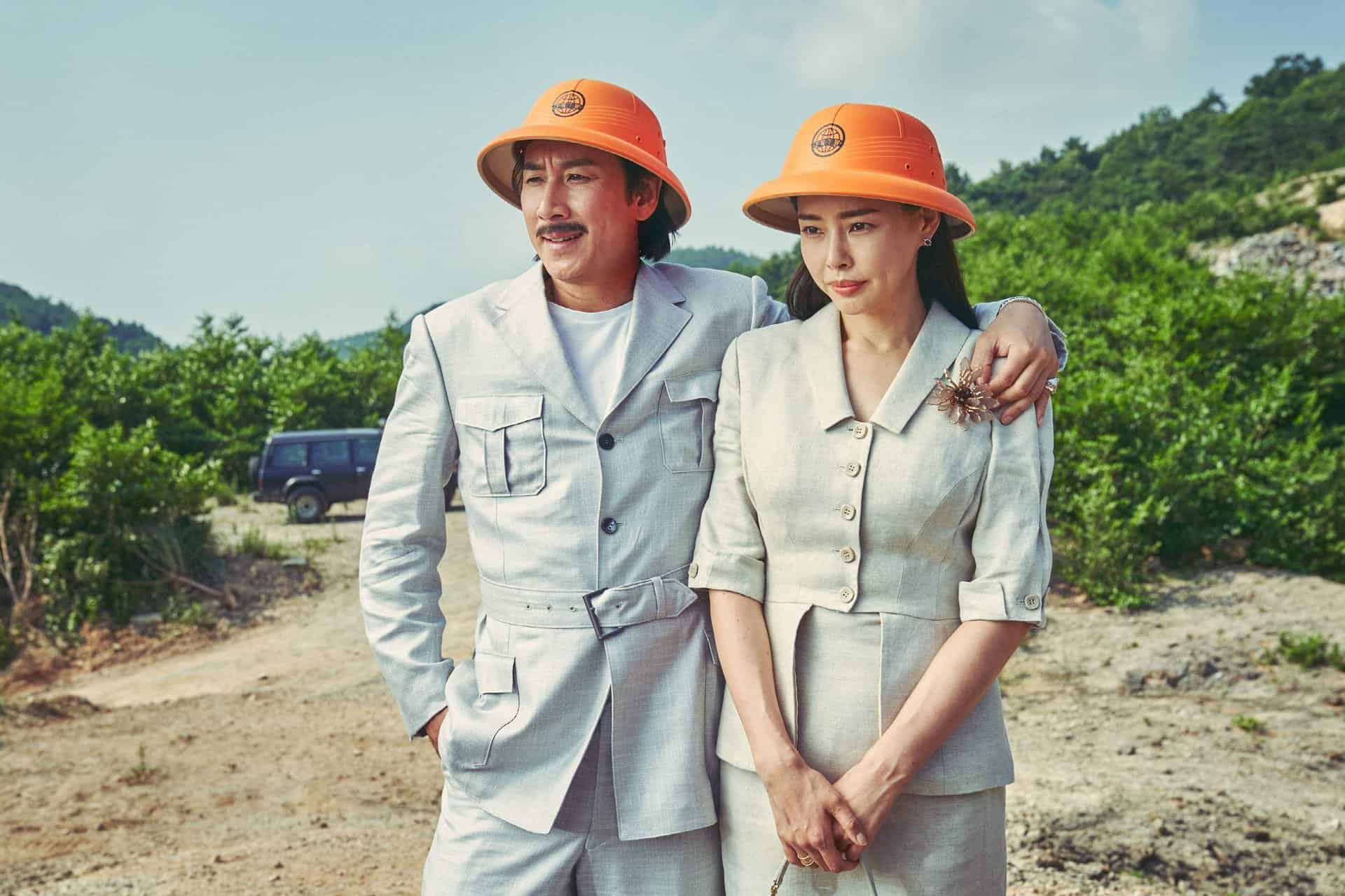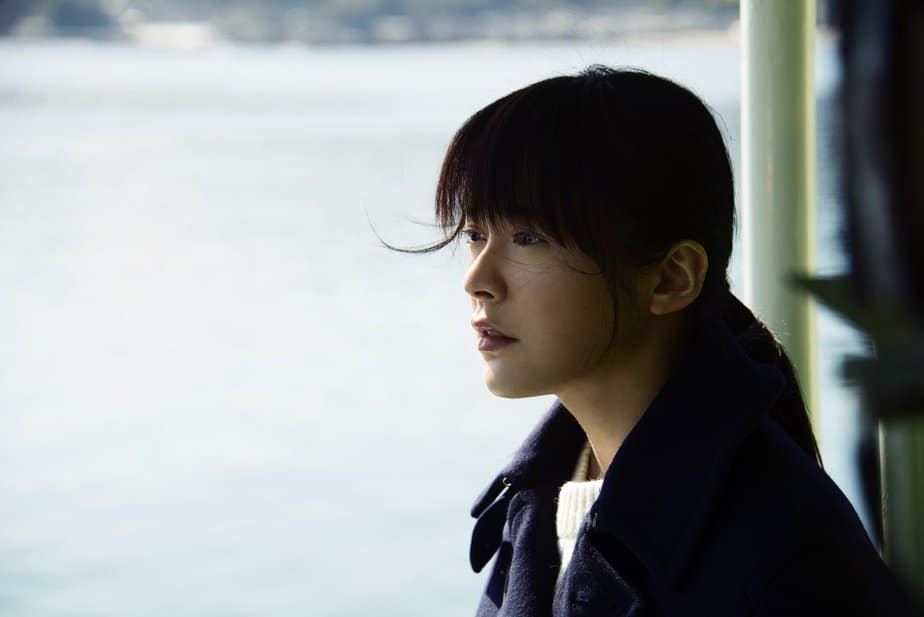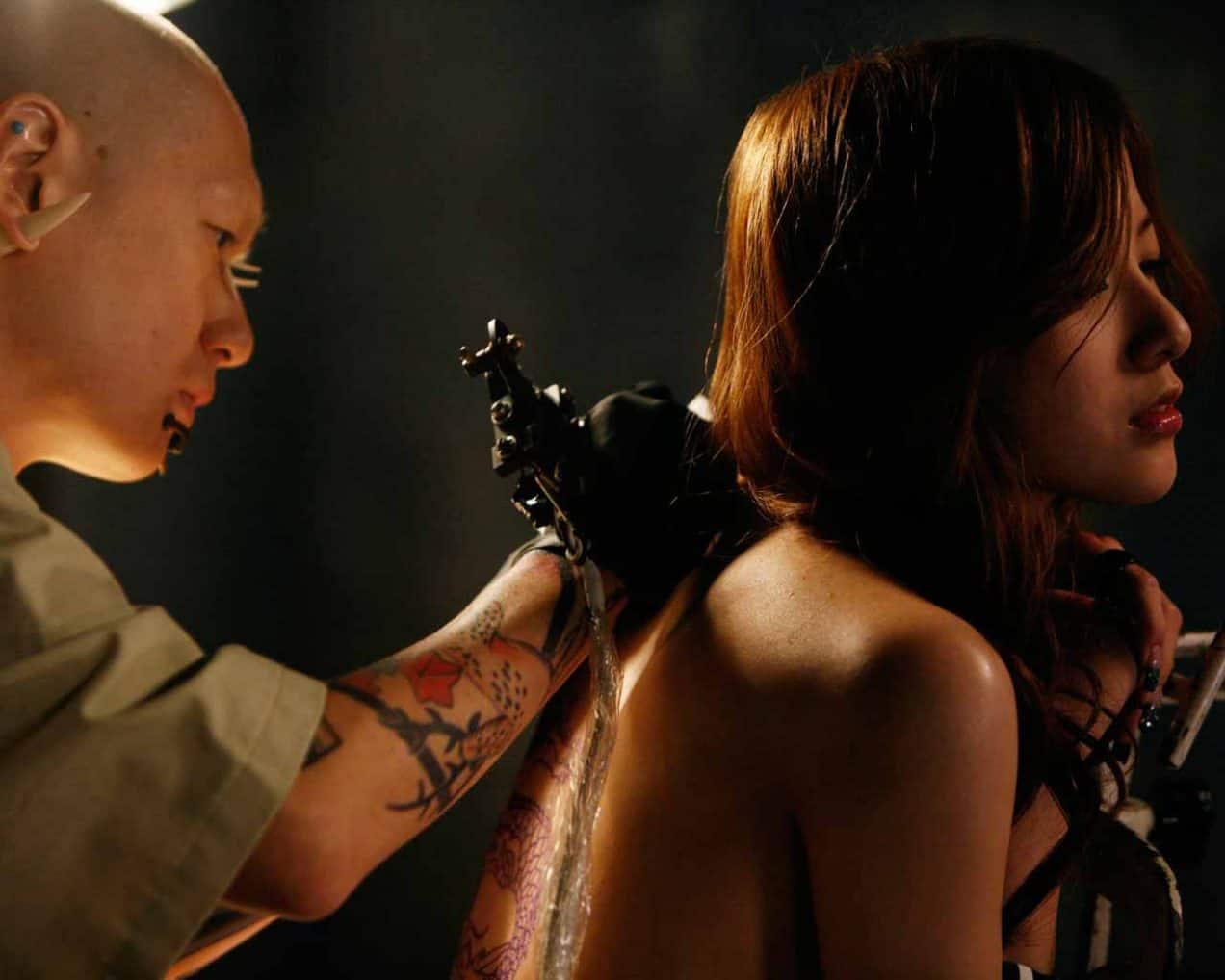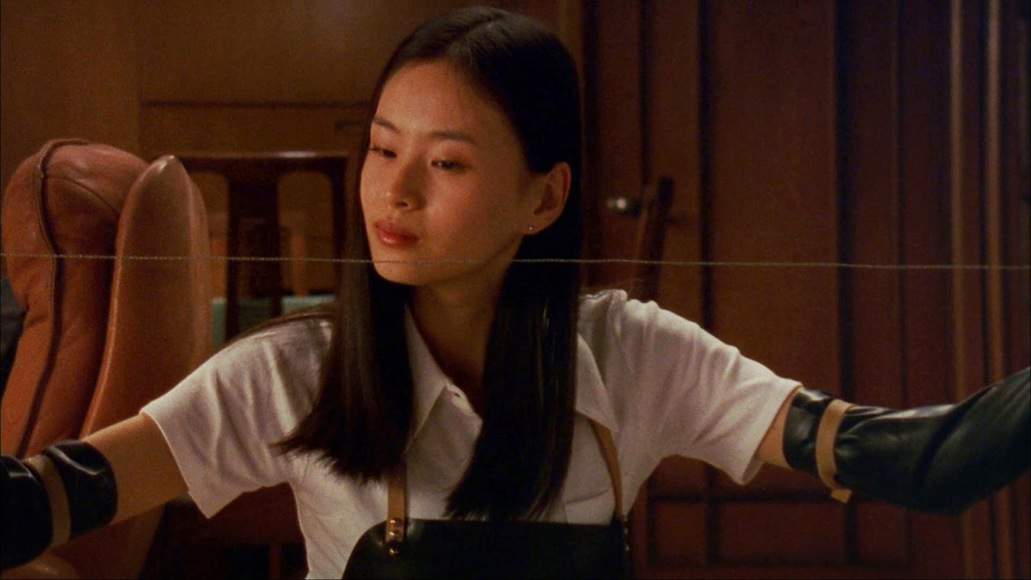After years of countless propaganda productions orchestrated by an aggressive government with ultra-nationalistic desires, Japanese cinema started to see more of a pacifistic approach to the sensitive topic of World War II following its conclusion. Yet, plenty of filmmakers in Japan were not proud of the country's war activity and their leaders at the time. Directors like Akira Kurosawa would go on to shamefully disown the jingoistic projects that were assigned to them to make during the Second World War. Fast forward to 1952; once the American occupation was lifted, bold directors like Masaki Kobayashi, Ishiro Honda, and Kihachi Okamoto were free to make anti-war features presented on a more honest and grander scale. For filmmaker Kon Ichikawa, “The Burmese Harp” was his opportunity to express his distaste for the concept of war and his admiration for humanistic values.
The production company behind this anti-war feature is Nikkatsu, and the movie would become one of the studio's biggest hits. “The Burmese Harp” is based on the novel of the same name written by Michio Takeyama. In addition to adapting Takeyama's story, Natto Wada would write the screenplay. Kon Ichikawa's ambitious novel adaptation would be a critical and box-office hit and his first project to receive an international release. It would even be nominated for an Academy Award for Best Foreign Film of 1956. Years later, in the 1980s, Ichikawa remade the film in color and with a new cast.
The story is set during the final days of World War II in Burma, nowadays known as Myanmar, as the Burma Campaign was coming to a close. Captain Inouye and his musically talented squad of soldiers end up surrounded by British and Indian forces and learn that Japan has surrendered, so they, in turn, also concede defeat and become prisoners. In order to prevent more men from aimlessly dying, Inouye's skilled harp player, Private Mizushima, is sent to convince a squadron of Japanese soldiers to surrender and tell them that the war is over. Sadly, they refuse and beat him unconscious, leading to them being bombarded in a bomb assault, killing them. Mizushima survives and is nursed by a Buddhist monk. Eager to reunite with his comrades, he takes the monk's robes and alters his appearance to appear as a follower of Buddha. However, as he wanders the country trying to reunite with his fellow soldiers, he sees war results up close, including countless dead Japanese troops and the destruction all the conflicting armies have brought to the beautiful country of Burma, who eagerly pray for peace to return. Soon, the initial disguise of the harpist becomes a part of his identity.
There is no doubt that this movie is one of the first major war pictures to showcase the loss of life from the Japanese perspective during the Second World War. Considering the war had ended not too long before the film's production and the post-war American occupation was lifted a few years prior, there is an opportunity for shallow propaganda. However, “The Burmese Harp” doesn't glorify Japan's role during World War II. Kon Ichikawa instead expresses sorrow for death on the battlefield and presents a pacifist message at the forefront with themes of Buddhism, such as compassion and spirituality. Dismay and frustration for war and the militarists are often expressed. Some characters are outspokenly ultra-nationalistic and willing to take extreme measures to achieve victory. Many of the citizens of Burma in the movie eagerly pray for peace to return to the country. Jingoistic glorification is traded out for a very humanistic and haunting look at the horrors of war. Many of these themes come in full force in the journey Mizushima goes through in the film.
The performances are great, with the two stars being the standouts. Rentaro Mikuni excels as Captain Inouye, who shows genuine concern for his comrades and makes it abundantly clear he is tired of being dragged along in the war by the Imperial Japanese Army. Also terrific is Shoji Yasui, who goes through quite a transformative character arc in the role of Mizushima. Initially, what begins as a means of survival becomes part of his identity, as he transforms from a desperate soldier to a gentle monk.
Like many Nikkatsu features, “The Burmese Harp” was made on a low budget. Due to pending filming permits to shoot in Burma, most of the production was shot in Japan on sound stage set pieces and various urban locations. However, certain sections of the movie would be shot on location in Burma, primarily with actor Shoji Yasui during his character's quest to reunite with his comrades. Despite compromised funds, Kon Ichikawa effectively used what was available and still went out of his way to respectively depict the country the story is set within. Yet even with shooting conflicts, the movie is beautifully shot with outstanding cinematography by Minoru Yokoyama. It would be a disservice not to mention Akira Ifukube's phenomenal music score. It is haunting and beautiful, giving the feature a profound atmosphere while emphasizing the weight of what has transpired in the story. The way music is utilized within the movie adds to the drama of the characters.
“The Burmese Harp” is excellent and, in many regards, almost serves as the precursor to other anti-war films to come, such as Masaki Kobayashi's “The Human Condition.” Despite budgetary constraints, Kon Ichikawa tells a powerful story with pacifist themes that remain powerful today. A few years later, Ichikawa would direct “Fires on the Plain,” a far bleaker and more critical look at Japan's activity during World War II. Both features by the same director effectively work in their ways with what they set out to do, with one promoting ideas of Buddhism over jingoistic eccentricity while the other demonstrates the toll war takes on a person's mind.




